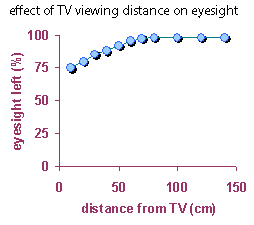Learning Outcomes
After completing this module you should be able to:
- Create a graph by hand.
- Present data in a graph.
The case of the confusing axes
In this module we'll talk about how to graph data, and particularly how to set up the graph.
Below you will find an easy checklist for making the perfect graph. On the following pages, we'll practise some of the skills you will need...
-
Checklist:
- Choose your x and y variables carefully.
- Label your x and y axes using both a description and the units in parentheses (brackets).
- Label the top of the graph with a description of what the graph shows.
- Figure out the best minimums and maximums for x and y.
- Figure out the best distance for tick marks or intervals on each axis.
- Include a legend if there's more than one data series.
- Graph the data!
I'm going to quickly show you these steps on a single graph, and then as we go through each step more slowly, I'll show you the sorts of trainwrecks that occur if you ignore these steps.
 A sample graph: eyesight and TV viewing distance
A sample graph: eyesight and TV viewing distance
When I was growing up, the older folks frequently rained dire predictions on our heads about our TV viewing habits. Specifically, what happens to our eyesight if we were to sit too close to the TV. Anyway, I could imagine my poor grandmother collecting the data for the graph below, hoping to prove her point (that sitting too close to the TV results in poor eye sight) and forcing us to sit further from the TV screen:
| viewing distance | 10 | 20 | 30 | 40 | 50 | 60 | 70 | 80 | 100 | 120 | 140 |
|---|---|---|---|---|---|---|---|---|---|---|---|
| eyesight remaining | 75 | 80 | 85 | 88 | 92 | 95 | 97 | 98 | 98 | 98 | 98 |
- Choose the x and y variables:
x: viewing distance is the independent variable
y: eyesight remaining is the dependent variable (because it depends on viewing distance) - Label your x and y axes:
x: "distance from TV (cm)"
y: "eyesight left (%)"
graph heading: "Effect of TV viewing distance on eyesight" - Minimums and maximums
x: 0 to 150
y: 0 to 100  Tick mark (interval) distance
Tick mark (interval) distance
x: 50
y: 25- Legend (if there's more than one data series)
Lucky us, we don't need a legend - Graph the data!
Copyright University of Maryland, 2007
You may link to this site for educational purposes.
Please do not copy without permission
requests/questions/feedback email: mathbench@umd.edu